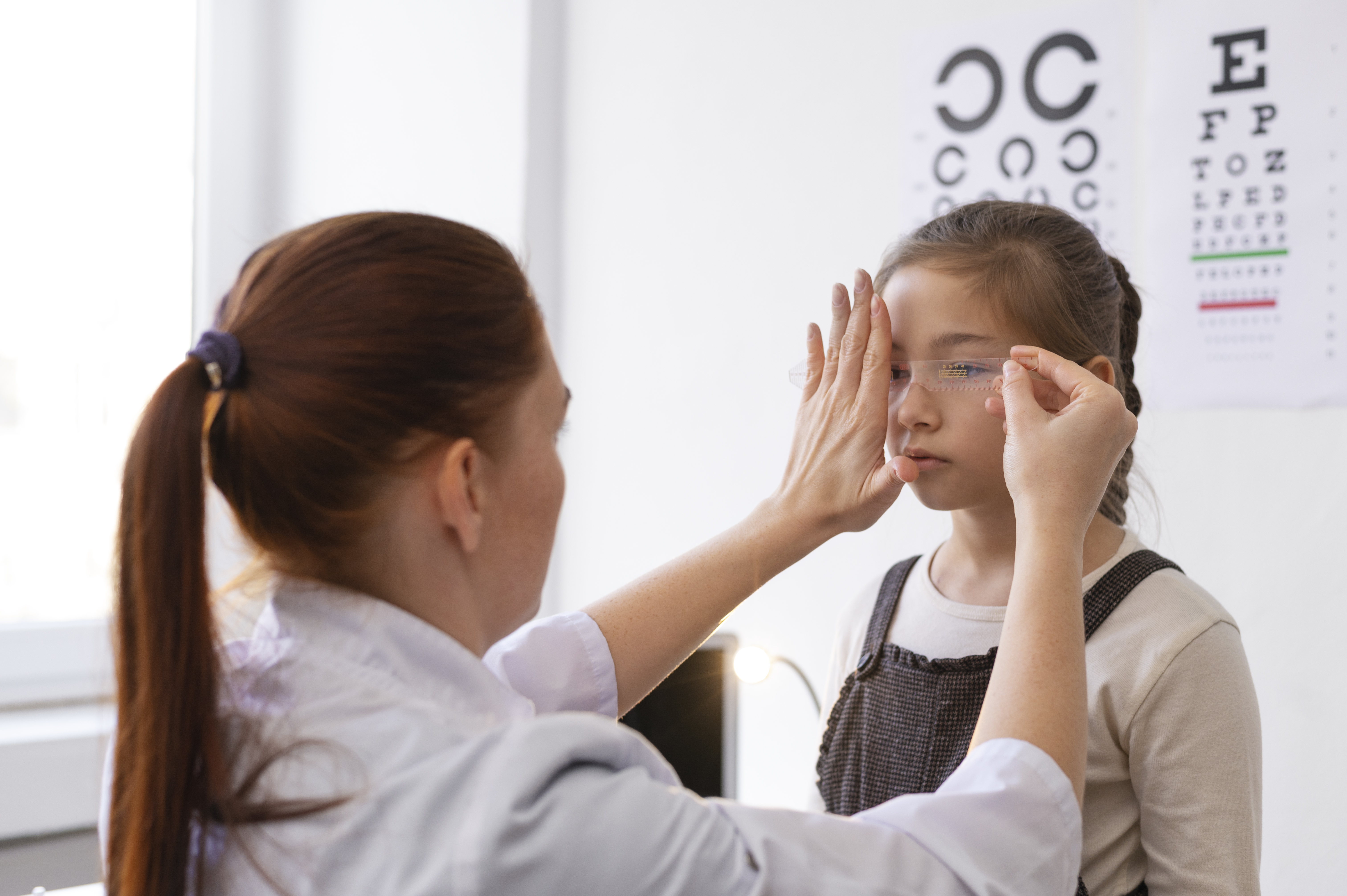
How to Know If You Have Dry Eye Syndrome: Signs, Causes & When to See a Doctor
By : Admin 2025-08-21 09:27:33
Do your eyes
often feel dry, gritty, or tired—especially after screen time or a long day?
You might be experiencing more than just temporary irritation. These could be
signs of Dry Eye Syndrome, a common but often misunderstood condition
that can affect your daily comfort, vision, and quality of life.
As eye care
professionals, we believe awareness is the first step toward relief. Here’s
what you need to know to determine if you may have Dry Eye Syndrome—and what to
do about it.
What Is
Dry Eye Syndrome?
Dry Eye
Syndrome (also known as dry eye disease or keratoconjunctivitis sicca) occurs
when your eyes don’t produce enough tears, or when the quality of your tears
isn’t sufficient to keep the surface of your eye properly lubricated.
This
condition can range from mild to chronic, and while it may seem like a minor
nuisance at first, leaving it untreated can lead to inflammation, infection, or
damage to the surface of the eye.
Common
Signs and Symptoms
Wondering if
your symptoms line up with dry eye? Here are some of the most common
indicators:
- A gritty or sandy sensation in the eyes
- Burning or stinging
- Redness or irritation
- Watery eyes (yes, paradoxically, dry eye
can cause excessive tearing as a response)
- Blurred vision that improves with blinking
- Eye fatigue, especially after reading,
driving, or screen use
- Light sensitivity or discomfort in windy or dry
environments
If you
regularly notice these symptoms, especially more than one, it’s a good idea to
have your eyes evaluated by an eye doctor.
What
Causes Dry Eye Syndrome?
Dry eye is
more than just “not enough tears.” There are a variety of factors that can
contribute, including:
- Aging, especially after age 50
- Hormonal changes, such as during menopause
- Extended screen time, which reduces blinking
- Environmental factors like air conditioning, wind, or
dry climates
- Contact lens use
- Certain medications (e.g., antihistamines,
antidepressants, blood pressure meds)
- Health conditions like autoimmune diseases,
diabetes, or thyroid disorders
Identifying
the underlying cause is key to finding the most effective treatment.
How Is
Dry Eye Diagnosed?
As
ophthalmologists, we use several techniques to diagnose dry eye, including:
- Tear breakup time tests to see how long your tears stay
on the surface
- Tear production measurement (Schirmer’s test)
- Microscopic examination of the eye’s surface and tear
film
- Patient history and symptom
evaluation
Diagnosis is
quick, non-invasive, and can usually be done during a routine eye exam.
Treatment
Options for Dry Eye Syndrome
There’s no
one-size-fits-all treatment—but the good news is, there are many options.
Depending on the severity and cause of your dry eye, we may recommend:
- Lubricating eye drops or
artificial tears
- Prescription eye drops that increase tear production
or reduce inflammation
- Warm compresses and lid hygiene
routines
- Lifestyle changes, such as taking regular screen
breaks or using a humidifier
- Punctal plugs, tiny devices inserted into
tear ducts to retain moisture
- Nutritional support, like omega-3 fatty acid
supplements
Our goal is
to find the combination that works best for your eyes.
When to
See an Eye Doctor
If your eye
discomfort is persistent, affects your vision, or worsens over time, don’t
wait—schedule an appointment. Dry Eye Syndrome is manageable, and early
intervention can help prevent long-term damage and keep your vision clear and
comfortable.
Let Us
Help You Find Relief
Dr. Rawnok
Jahan Rahman who isspecialize in diagnosing and treating Dry Eye Syndrome with
customized care plans designed around your lifestyle and needs. Don’t let dry
eyes interfere with your day—book a consultation today and give your
eyes the comfort they deserve.
.png)